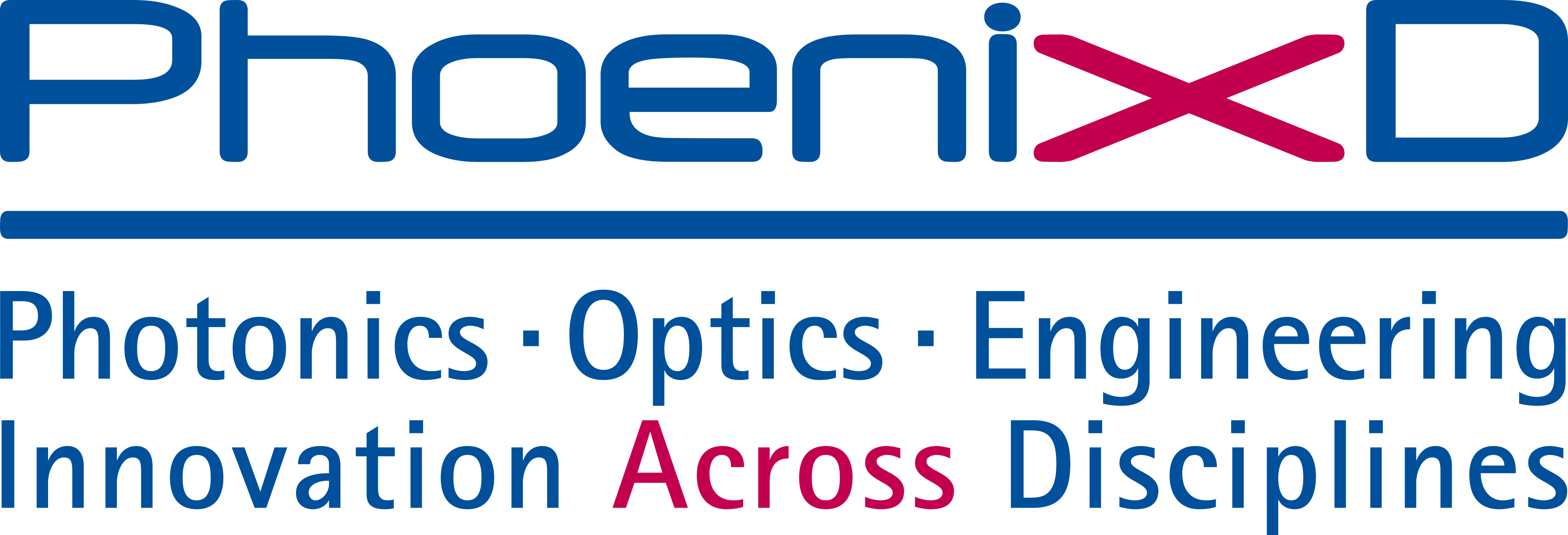Atomistic modeling of the mechanical properties
the rise of machine learning interatomic potentials
- authored by
- Bohayra Mortazavi, Xiaoying Zhuang, Timon Rabczuk, Alexander V. Shapeev
- Abstract
Since the birth of the concept of machine learning interatomic potentials (MLIPs) in 2007, a growing interest has been developed in the replacement of empirical interatomic potentials (EIPs) with MLIPs, in order to conduct more accurate and reliable molecular dynamics calculations. As an exciting novel progress, in the last couple of years the applications of MLIPs have been extended towards the analysis of mechanical and failure responses, providing novel opportunities not heretofore efficiently achievable, neither by EIPs nor by density functional theory (DFT) calculations. In this minireview, we first briefly discuss the basic concepts of MLIPs and outline popular strategies for developing a MLIP. Next, by considering several examples of recent studies, the robustness of MLIPs in the analysis of the mechanical properties will be highlighted, and their advantages over EIP and DFT methods will be emphasized. MLIPs furthermore offer astonishing capabilities to combine the robustness of the DFT method with continuum mechanics, enabling the first-principles multiscale modeling of mechanical properties of nanostructures at the continuum level. Last but not least, the common challenges of MLIP-based molecular dynamics simulations of mechanical properties are outlined and suggestions for future investigations are proposed.
- Organisation(s)
-
PhoenixD: Photonics, Optics, and Engineering - Innovation Across Disciplines
Faculty of Mathematics and Physics
- External Organisation(s)
-
Tongji University
Bauhaus-Universität Weimar
Skolkovo Institute of Science and Technology
- Type
- Review article
- Journal
- Materials Horizons
- Volume
- 10
- Pages
- 1956-1968
- No. of pages
- 13
- ISSN
- 2051-6347
- Publication date
- 04.04.2023
- Publication status
- Published
- Peer reviewed
- Yes
- ASJC Scopus subject areas
- Materials Science(all), Mechanics of Materials, Process Chemistry and Technology, Electrical and Electronic Engineering
- Electronic version(s)
-
https://doi.org/10.1039/d3mh00125c (Access:
Open)


